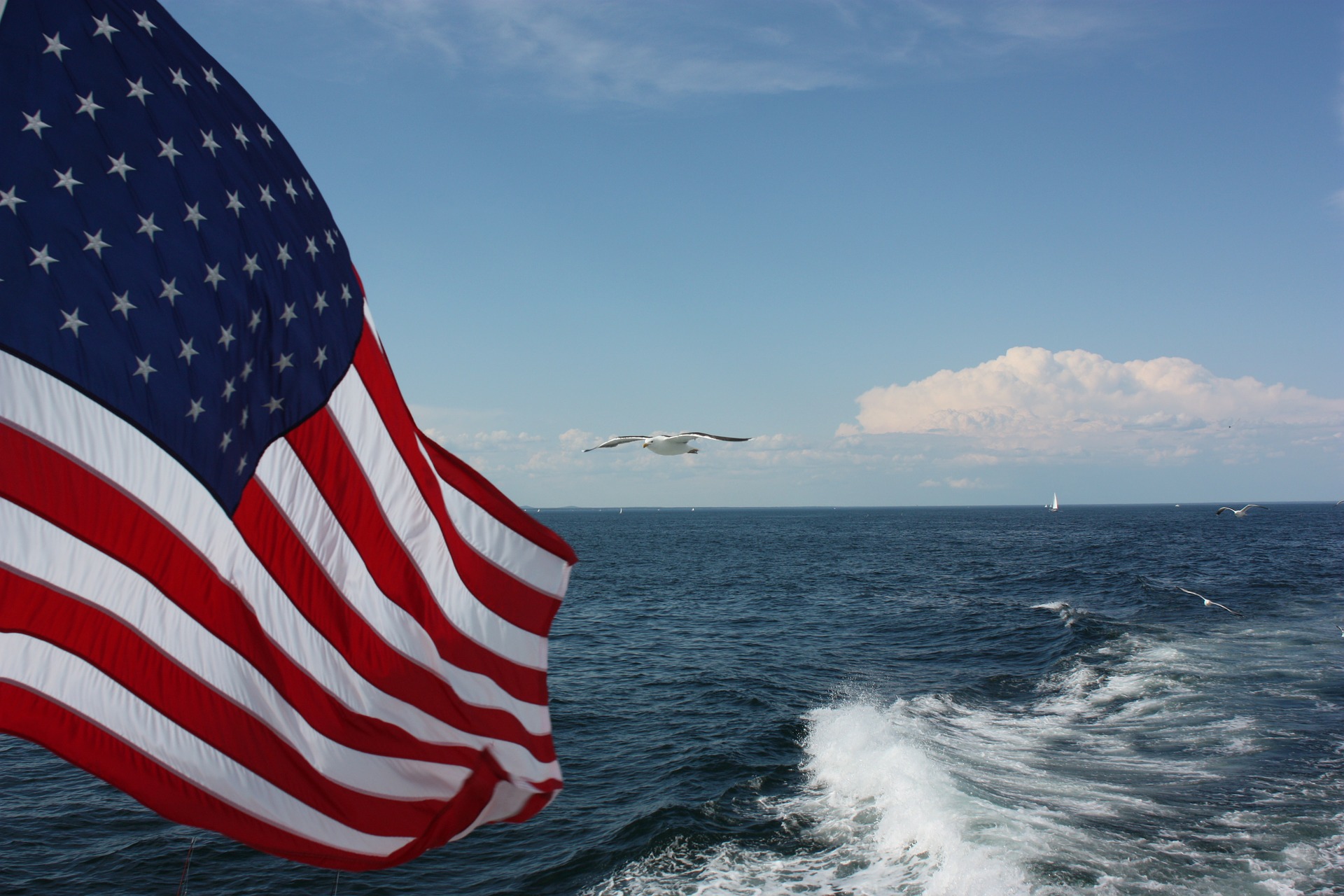Spoiler: Only a few ocean- and fish-related provisions remain in the final version.
Update: President Biden signed the CHIPS and Science Act of 2022 into law during a signing ceremony at the White House on August 9.
Congress just passed a new version of the American innovation and competitiveness legislation, now called “CHIPS and Science.” Previous versions of the bill, formerly known as the U.S. Innovation and Competition Act (USICA), America COMPETES Act, Bipartisan Innovation Act, the Endless Frontier Act, and most recently, “CHIPS-Plus,” included many ocean provisions. See our coverage of the previous legislation here and the final bill text here.
What’s in it for oceans now?
Ocean-related provisions that were present in USICA and America COMPETES are largely absent from CHIPS and Science, but a few provisions related to ocean acidification, maritime domain awareness, and earth systems observing made it into the final package. Here are some highlights:
Ocean Acidification
CHIPS and Science includes the “Coastal and Ocean Acidification Research and Innovation” subtitle, which features language from the Coastal and Ocean Acidification Stressors and Threats (COAST) Research Act of 2021 (H.R. 1447), a bill that passed the House in May last year. This section would reauthorize and revise the National Oceanic and Atmospheric Administration’s (NOAA) Ocean Acidification Program through fiscal year 2026, as well as revise the National Science Foundation’s (NSF) ocean acidification grant program. It would also expand an existing National Aeronautics and Space Administration (NASA) program to research and monitor the effects of coastal acidification.
Uncrewed Systems and Maritime Domain Awareness
The bill also includes a section titled “Accelerating unmanned maritime systems technologies,” which would create a new NSF competitive grant program to support research that accelerates innovation to advance unmanned maritime systems for the purpose of providing greater maritime domain awareness. The language directs NSF to coordinate with the Coast Guard, Department of Defense, NOAA, and other federal agencies identified in the Commercial Engagement Through Ocean Technology (CENOTE) Act of 2018 (P.L. 115-394).
DOE Coastal Research
The bill includes an amended version of the Department of Energy (DOE) Science for the Future Act (H.R. 3593), which passed the House in June of last year. The original bill included a section titled “Coastal Zone Research Initiative,” which raised some concerns about duplication of efforts with NOAA’s Ocean Service. The amended language includes mandates for interoperability and integration with NOAA and other agencies, as well as a directive to avoid duplication of activities to ensure activities are complementary (though the word is misspelled in the bill as “complimentary”). Other changes include an increase of $65 million per year in authorized appropriations, and the word “coastal” was changed to “littoral” or “terrestrial-aquatic interface” throughout the section.
Advanced Energy Technology
The bill would authorize $20 billion for a first-of-its-kind NSF Directorate for Technology, Innovation, and Partnerships, which is intended to accelerate domestic development of national and economic-security critical technologies such as artificial intelligence, quantum computing, advanced manufacturing, 6G communications, energy, and material science.

